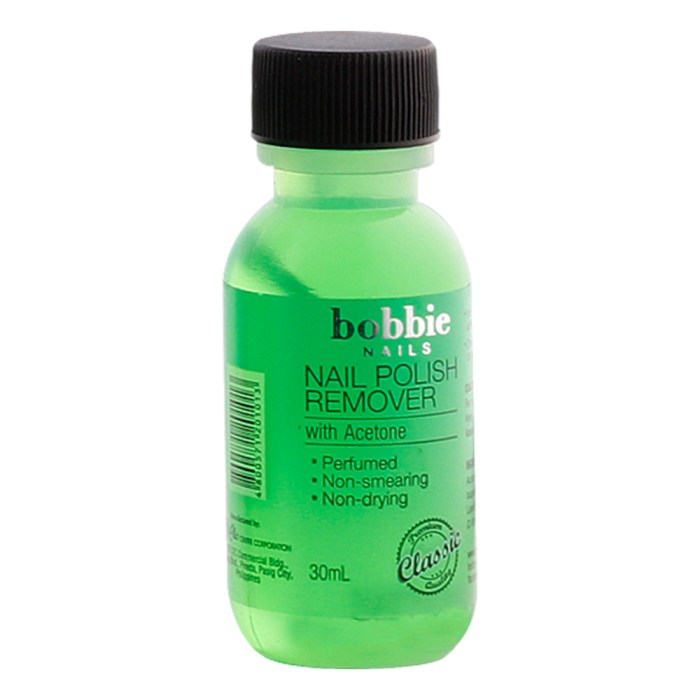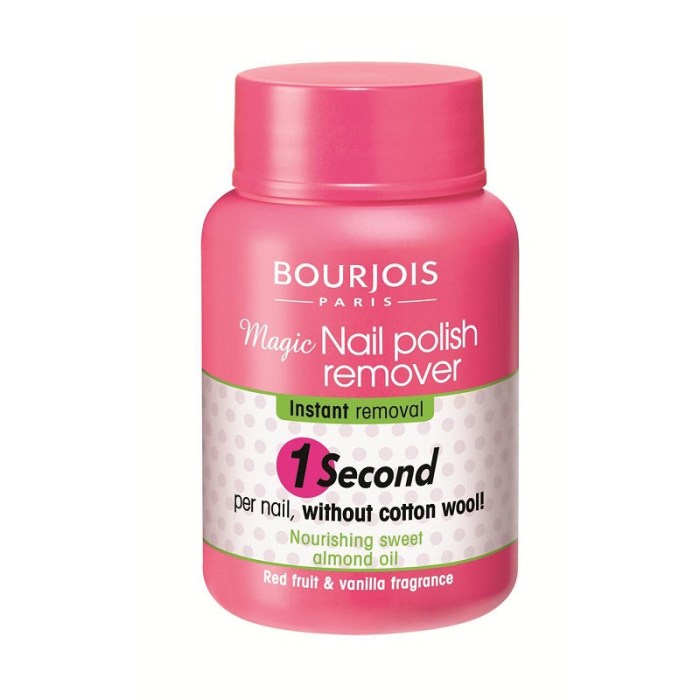What Can You Use To Remove Nail Polish?
Nail Polish Remover Types
What can you use to remove nail polish – Choosing the right nail polish remover is crucial for both effective removal and nail health. The primary distinction lies in the use of acetone, a potent solvent, versus acetone-free formulations. Understanding the chemical composition and impact of each type is key to making an informed decision.
Acetone-Based vs. Acetone-Free Nail Polish Removers
Acetone-based removers are generally faster and more effective, particularly for stubborn or long-lasting polishes. However, they can be harsher on nails, potentially leading to dryness and brittleness. Acetone-free removers, often containing ethyl acetate or other less aggressive solvents, are gentler but may require more time and effort for complete removal.
Chemical Composition and Impact on Nails, What can you use to remove nail polish
Acetone, a common ingredient in many nail polish removers, is a powerful solvent that quickly dissolves nail polish. However, its strong drying properties can weaken nails over time. Acetone-free removers utilize milder solvents like ethyl acetate, which are less damaging but may not be as effective against certain types of nail polish. Other ingredients, such as moisturizers and oils, are often added to mitigate the drying effects of the solvents.
Readily Available Nail Polish Remover Brands
Numerous brands offer a variety of nail polish removers, each with its own set of features and price points. The following table provides a sample of readily available options.
| Brand | Type | Key Features | Price Range |
|---|---|---|---|
| Sally Hansen | Acetone-based | Fast-drying, effective on various polish types | $3 – $6 |
| Cutex | Acetone-free | Gentle on nails, moisturizing ingredients | $2 – $5 |
| OPI | Acetone-based | Professional-grade, effective on long-lasting polishes | $5 – $8 |
| Orly | Acetone-free | Nourishing formula, suitable for sensitive skin | $4 – $7 |
Application Methods

Source: medsgo.ph
The method used for nail polish removal significantly impacts the overall outcome. Proper technique minimizes the risk of nail damage and ensures efficient removal.
Removing Nail Polish with Cotton Balls and Nail Polish Remover
Soak a cotton ball with nail polish remover, gently hold it against the nail, and wait for a few seconds to allow the polish to soften. Then, gently swipe the cotton ball from the cuticle to the tip of the nail in one smooth motion. Repeat as necessary. For stubborn polish, let the cotton ball remain on the nail for a longer period.
Removing Gel or Acrylic Nails at Home

Source: cdnds.net
Standard nail polish removers, usually acetone-based, are effective for most polishes. However, the vibrant colors of some polishes, like those found in the tiki punch nail polish range, might require a little extra soaking time. Regardless of the polish color, always remember to use a gentle remover and moisturize your nails afterward to prevent dryness and damage.
Removing gel or acrylic nails at home requires caution and patience. Soak the nails in acetone for a prolonged period (15-20 minutes), then gently push off the softened material using a cuticle pusher. Never forcefully pry off the nails, as this can damage the nail bed. Protective gloves are recommended during this process.
Tips and Tricks for Removing Stubborn Nail Polish
Removing stubborn nail polish without damaging the nail bed requires careful technique and patience. The following tips can help achieve this goal.
- Use a higher concentration of acetone.
- Let the remover soak for longer periods.
- Use a metal cuticle pusher to gently lift the softened polish.
- Avoid harsh scrubbing or scraping.
- Apply cuticle oil after removal.
Alternative Methods
While commercial nail polish removers are readily available, some household items can also be used as alternatives. However, it’s important to understand their effectiveness and potential drawbacks.
Using White Vinegar or Lemon Juice
White vinegar and lemon juice possess mild acidic properties that can help dissolve nail polish, but their effectiveness is significantly less compared to acetone-based removers. They may require prolonged soaking and may not be effective for all types of nail polish. Furthermore, excessive use can dry out the nails.
Other Less Common Methods
Some individuals have explored using rubbing alcohol or toothpaste as nail polish removers. However, these methods are generally less effective and may not be suitable for all nail polish types. Their use is not widely recommended due to potential drying and abrasive effects.
Comparison of Nail Polish Removal Methods
| Method | Effectiveness | Safety | Ease of Use |
|---|---|---|---|
| Acetone-based remover | High | Moderate (potential for dryness) | High |
| Acetone-free remover | Moderate | High | High |
| White vinegar | Low | High | Moderate |
| Lemon juice | Low | High | Moderate |
Nail Care After Removal
Post-removal nail care is crucial for maintaining healthy and strong nails, especially after frequent polish removal. A simple routine can significantly improve nail health.
Post-Removal Nail Care Guide
After removing nail polish, it is essential to moisturize and strengthen the nails. Applying cuticle oil helps to hydrate and protect the delicate cuticle area. Hand cream provides additional moisture to the entire hand, preventing dryness and cracking.
Routine for Maintaining Healthy Nails
A simple routine for maintaining healthy nails includes regular moisturizing with cuticle oil and hand cream, avoiding harsh chemicals, and giving nails a break from polish occasionally. A balanced diet rich in vitamins and minerals also contributes to nail health.
Importance of Cuticle Oil and Hand Cream
Cuticle oil nourishes and protects the cuticles, preventing dryness and brittleness. Hand cream hydrates the skin and nails, keeping them soft and healthy. Regular application of both is essential for maintaining overall hand and nail health.
Dealing with Specific Nail Polish Types: What Can You Use To Remove Nail Polish
Different types of nail polish require different removal techniques. Understanding these nuances is crucial for effective and safe removal.
Removing Glitter Nail Polish
Glitter nail polish can be particularly challenging to remove. Soaking the nails in acetone for a longer period (up to 20 minutes) is often necessary. A cotton pad or foil wrap helps to keep the acetone in contact with the nail. Gently scrub the nail with a soft brush to remove any stubborn glitter particles.
Removing Long-Lasting or Gel Nail Polish
Long-lasting or gel nail polish requires more aggressive removal techniques. Soaking the nails in pure acetone for a longer duration, followed by careful scraping with a cuticle pusher, is often necessary. Professional removal is recommended to minimize the risk of nail damage.
Comparison of Removal Methods for Different Nail Polish Types
- Regular Nail Polish: Acetone-based or acetone-free remover with cotton balls.
- Gel Nail Polish: Soaking in pure acetone for an extended period, followed by gentle scraping.
- Acrylic Nail Polish: Professional removal is recommended due to the complexity of the process.
Safety Precautions and Potential Risks
While nail polish removal is a routine task, it’s crucial to be aware of potential risks and take necessary precautions to minimize harm.
Potential Risks of Acetone-Based Removers
Acetone can dry out the skin and nails, potentially leading to cracking and brittleness. Prolonged or frequent exposure can also cause skin irritation. Inhaling acetone fumes can cause dizziness and headaches.
Precautions to Avoid Skin Irritation or Nail Damage
Always use nail polish remover in a well-ventilated area. Avoid prolonged contact with the skin. Apply a moisturizing lotion or cuticle oil after removal to counteract the drying effects of the remover. If irritation occurs, discontinue use and consult a dermatologist.
Safe Handling and Disposal of Nail Polish Remover
Store nail polish remover in a cool, dry place, away from direct sunlight and heat sources. Avoid spilling the remover, and clean up spills immediately. Dispose of used remover according to local regulations.
Illustrative Examples
Visual observation of nails before, during, and after polish removal helps illustrate the process and potential effects of different techniques. The following descriptions provide a clearer understanding.
Visual Appearance of Nails Before, During, and After Removal
Before removal, nails may display various colors and textures depending on the type of nail polish applied. During the removal process, the polish gradually softens and dissolves, revealing the natural nail underneath. After proper removal, the nails should appear clean, smooth, and healthy. Improper removal may result in uneven surfaces, discoloration, or damage to the nail bed.
Texture and Appearance of Nails Affected by Improper Removal
Improper removal techniques can lead to various issues, including dryness, brittleness, peeling, and even damage to the nail bed. The nails may appear rough, uneven, or discolored. In severe cases, the nail may become thin and weak, prone to breakage.
Tools and Materials Needed for Safe and Effective Removal
Effective and safe nail polish removal requires specific tools and materials. These include nail polish remover (acetone-based or acetone-free), cotton balls or pads, a cuticle pusher (optional), nail buffer (optional), cuticle oil, and hand cream.
FAQ Resource
Can I use rubbing alcohol to remove nail polish?
Rubbing alcohol can remove some nail polish, but it’s less effective than dedicated removers and may dry out your nails.
How often should I remove my nail polish?
It’s generally recommended to remove nail polish every few days to a week to prevent staining and allow your nails to breathe.
What should I do if I get nail polish remover on my skin?
Wash the affected area with soap and water immediately. If irritation persists, consult a doctor.
Is it okay to use acetone-based remover on artificial nails?
Acetone can damage some artificial nails. Always check the manufacturer’s instructions before using acetone-based removers on artificial nails.
















